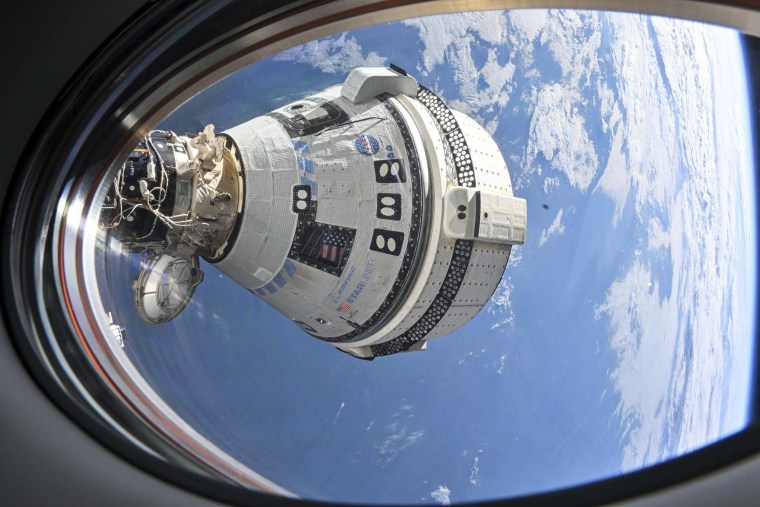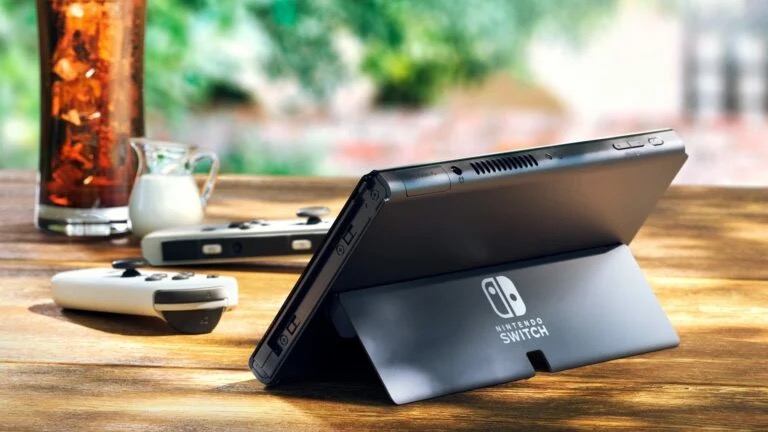In a surprising and critical decision, NASA announced that a group of astronauts currently stranded aboard the International Space Station (ISS) will not be returning to Earth on a Boeing Starliner capsule as originally planned. Instead, the space agency has opted to wait for a SpaceX Crew Dragon spacecraft to safely bring the astronauts home, citing concerns about the reliability of Boeing’s capsule.
Background of the Situation
The astronauts, part of NASA’s Expedition 70, were scheduled to return to Earth in early September using Boeing’s Starliner capsule. However, ongoing technical issues with the Starliner have led to multiple delays and growing concerns about the spacecraft’s safety and reliability.
According to NASA, the decision to delay the astronauts’ return was made after a series of recent tests on the Starliner revealed potential risks that could compromise the safety of the crew during re-entry. Although NASA did not provide specific details about the technical issues, sources familiar with the situation indicated that problems with the spacecraft’s propulsion system and software were the primary concerns.

In light of the challenges facing Boeing’s capsule, NASA has turned to SpaceX’s Crew Dragon as the preferred option for bringing the astronauts back to Earth. SpaceX, which has successfully completed numerous crewed missions to and from the ISS since 2020, is considered a more reliable choice by NASA officials.
Preparations are underway for the launch of a SpaceX Crew Dragon spacecraft which has been earmarked to occur in early October. This spacecraft will dock with the ISS so that stranded astronauts can board and come back to Earth. With this delay, astronauts will spend several weeks more than expected in space, but NASA said that they can rely on the ISS for longer durations easily.
The Impact on Boeing’s Space Program
This is a considerable blow to Boeing’s Starliner program which has suffered several technical problems since its inception. Initially, it was supposed to compete against SpaceX’s Crew Dragon whereby both Boeing and SpaceX got contracts to ferry astronauts to and from the ISS through NASA’s Commercial Crew Program. Nevertheless, even when SpaceX seems to dominate all deadlines; Boeing has found herself at crossroads of notable setbacks such as failures or delays preceding any space mission. The recent decision made by NASA not to use Starliner during the astronauts’ return will probably have far-reaching effects on Boeing’s space initiative and future engagement in NASA missions.
In a press conference, NASA Administrator Bill Nelson expressed confidence in the decision to wait for SpaceX, stating, “Our top priority is the safety of our astronauts. After thorough consideration, we believe that the Crew Dragon offers the most reliable and secure option for bringing our crew back to Earth.”
Boeing issued a statement acknowledging the situation and expressing disappointment. The company stated that it remains committed to resolving the issues with the Starliner and ensuring its future readiness for crewed missions. Boeing also emphasized its ongoing collaboration with NASA to address the concerns raised.
The decision to prioritize SpaceX over Boeing has sparked a wave of reactions from the aerospace community. Many industry analysts see this as a pivotal moment in the competition between the two companies, with SpaceX further solidifying its position as the leading provider of commercial space transportation services.
Critics of Boeing’s space program argue that the company’s repeated failures raise questions about its ability to meet the demands of modern space exploration. The move also highlights the importance of reliability and safety in space missions, especially as NASA and other space agencies continue to push the boundaries of human spaceflight.
As the astronauts aboard the ISS await the arrival of the SpaceX Crew Dragon, NASA’s decision underscores the critical need for dependable space transportation systems. While Boeing faces an uncertain future in the Commercial Crew Program, SpaceX’s role in ensuring the safe return of the astronauts marks another milestone in the company’s growing dominance in space exploration.
The coming weeks will be crucial for both NASA and Boeing as they navigate the implications of this decision and work to maintain the safety and success of future space missions.












